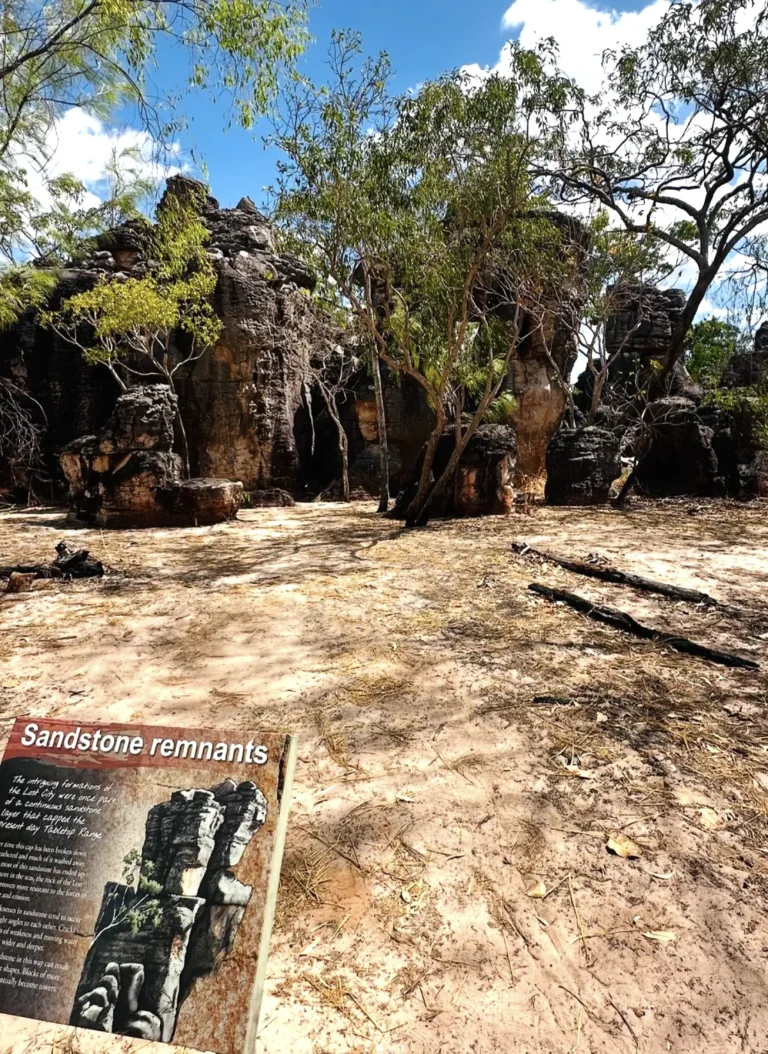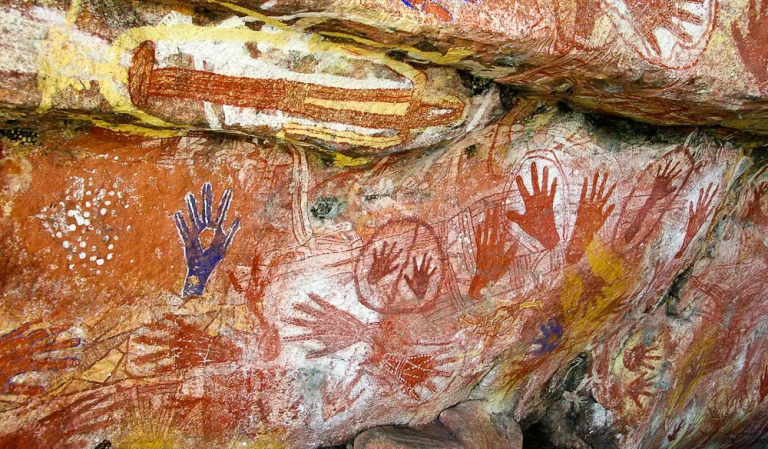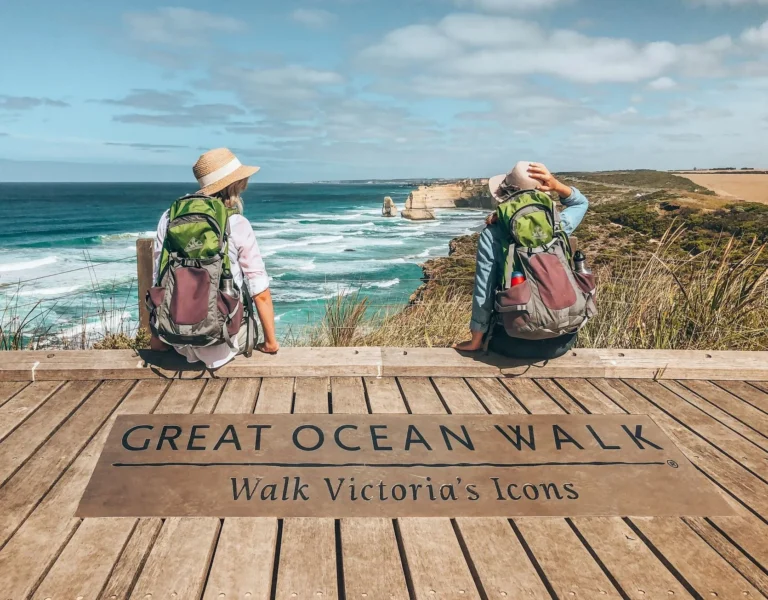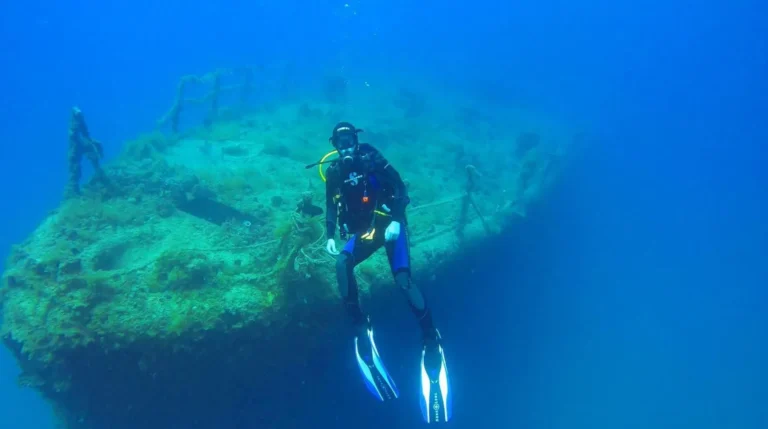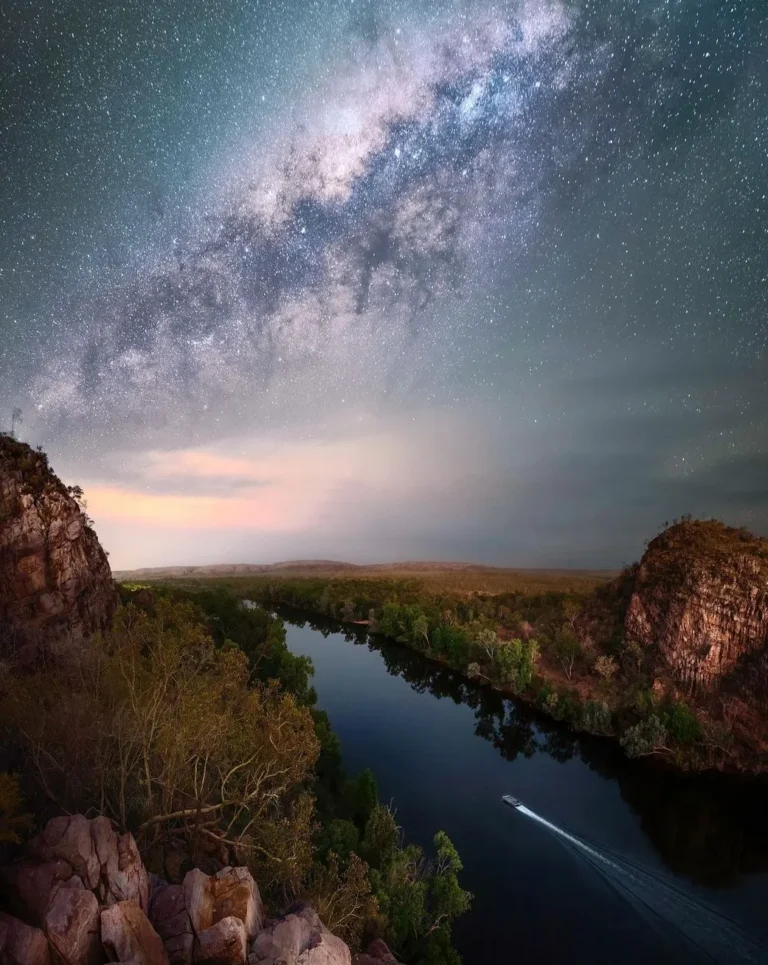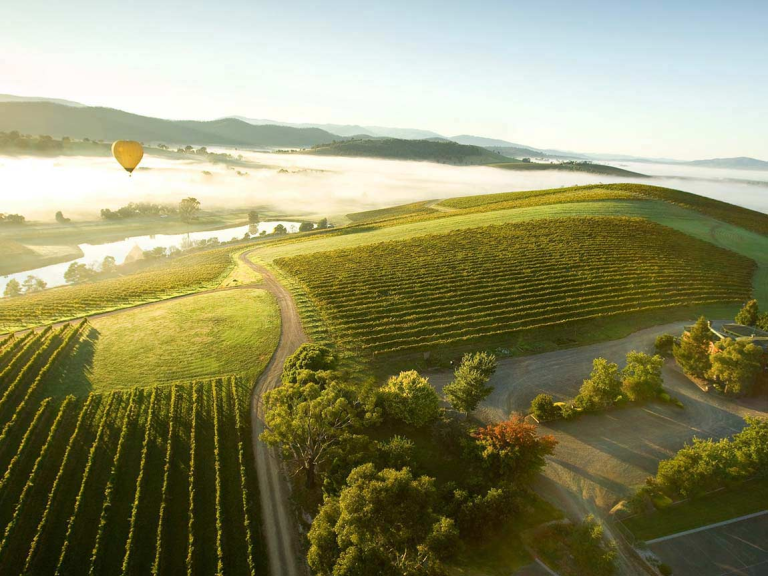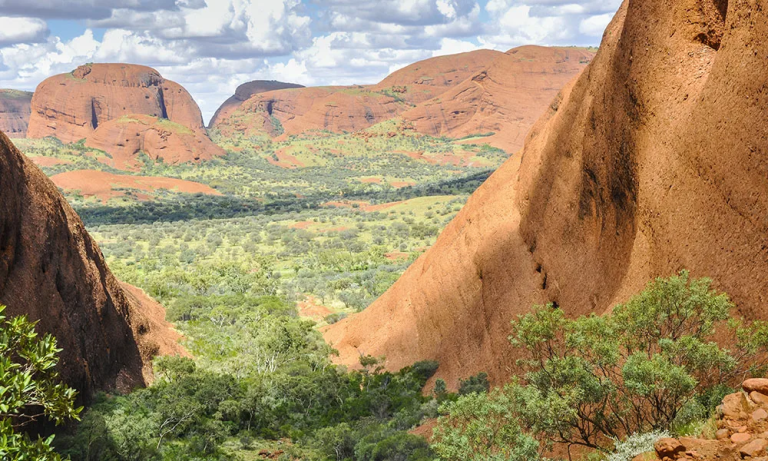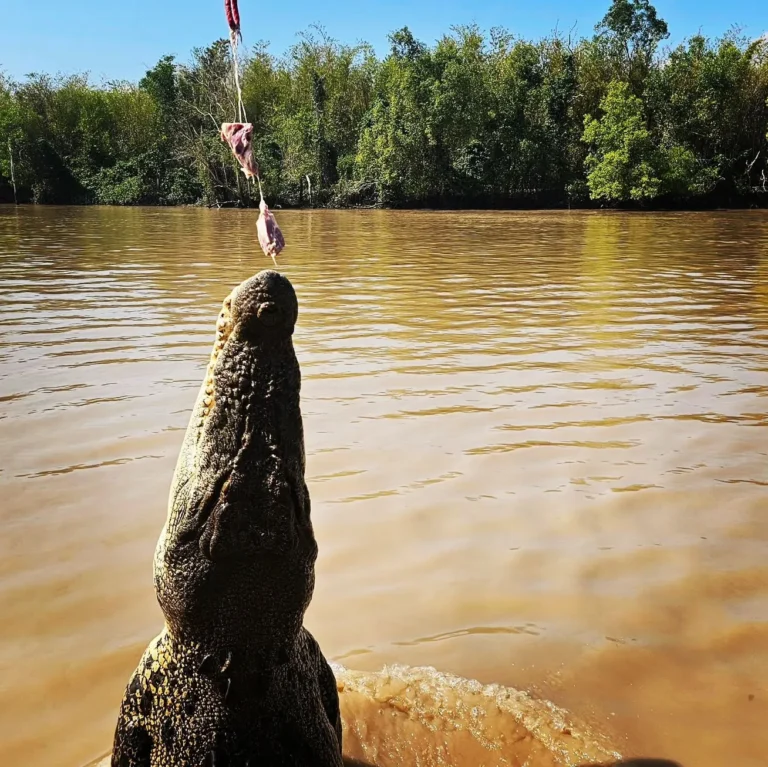Litchfield National Park, with its stunning waterfalls, magnetic termite mounds, and crystalline swimming holes, is a camper’s paradise. Nestled in the captivating wilderness of Australia’s Northern Territory, this guide will lead you through the essentials of camping in Litchfield National Park. Here we’ll cover everything from selecting the perfect campsite to enjoying the wonders of a Litchfield National Park tour, ensuring you make the most out of your outdoor experience.
Discover the Allure of Litchfield National Park
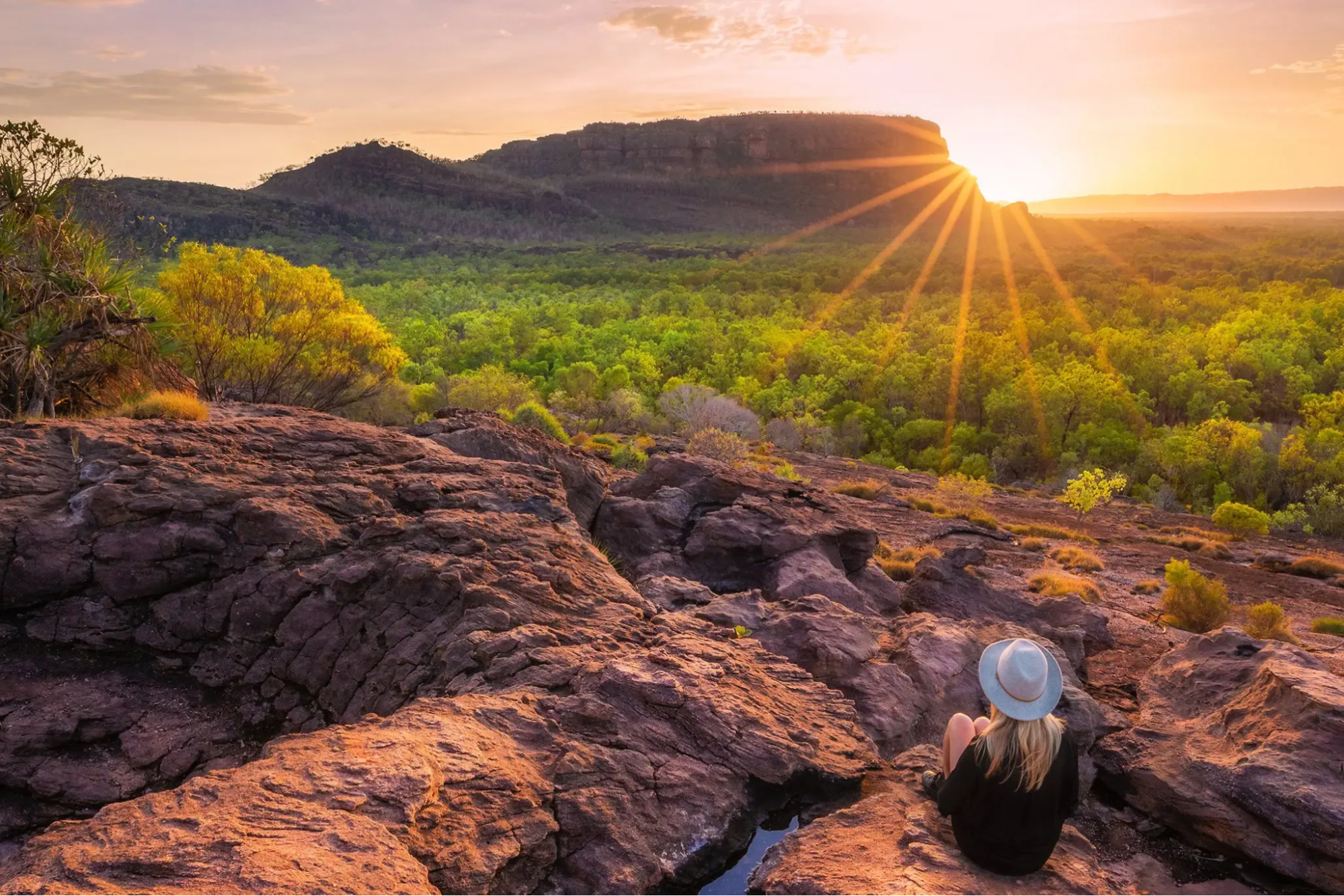
The rugged beauty of Litchfield National Park is undeniable. Campers can revel in its diverse landscapes, from monsoon rainforests to eerie rock formations. The park’s accessibility makes it a go-to destination for both day-trippers and adventure seekers looking for a more immersive experience. Whether it’s navigating through the park’s bushwalking trails or relaxing by a waterfall, Litchfield is an idyllic backdrop for an escape into nature. Offering a range of tours, a Litchfield National Park tour is perfect for those wanting to explore the park’s highlights with expert guidance.
Preparing for Your Camping Trip
A successful camping trip begins with the right equipment. When planning your journey to Litchfield National Park, ensure you pack a sturdy tent, sleeping bags rated for the season, a high-quality backpack, and comfortable hiking boots. In the tropical climate, lightweight breathable clothing is key, alongside a broad-brimmed hat and high-SPF sunscreen to protect from the sun. Don’t forget insect repellent and a first-aid kit for any unexpected encounters or minor injuries.
With a tropical savanna climate, Litchfield experiences a distinct wet season and dry season. The dry season, from May to October, offers cooler temperatures and less humidity, making it the optimal time for camping and engaging in outdoor activities. During the wet season, from November to April, heavy rainfall can lead to road closures and limited access to certain park areas. Planning your trip according to the seasons will ensure a comfortable and enjoyable experience.
Choosing Your Campsite in Litchfield National Park
The park offers several camping areas, each providing a unique perspective of the park’s natural beauty. Campgrounds like Wangi Falls and Buley Rockhole are popular due to their proximity to swimming areas and walking trails. For a quieter atmosphere, the Florence Falls area presents a more secluded setting. When booking your camping spot, consider what aspects of the park you wish to enjoy and reserve your site early, especially during peak season.
Wangi Falls Campground: A Popular Choice
Renowned for its impressive waterfall and lush surroundings, Wangi Falls Campground is among the most sought-after camping locations in the park. Facilities such as BBQ pits, showers, and toilets ensure a comfortable stay for all visitors. Its central location also makes it an ideal base for exploring nearby attractions.
Surprise Creek Campground: Serenity Awaits
For those seeking a tranquil camping experience, look no further than Surprise Creek Campground. Off the beaten path, this campsite offers basic amenities and is surrounded by the sounds of nature. Here, you can unwind and disconnect, experiencing the park at your own pace.
Activities and Attractions While Camping in Litchfield
Litchfield National Park’s waterfalls are some of its most iconic features. From the family-friendly Buley Rockhole to the striking Florence Falls, there’s a variety of water-based activities to enjoy. A dip in the park’s naturally occurring swimming holes offers a refreshing break from the day’s adventures. For those interested in guided tours, a Litchfield National Park tour offers detailed insights into these natural attractions.
Hikers can choose from a range of trails suited for all abilities. Tabletop Track is perfect for experienced hikers, offering an in-depth exploration of the park, while the shorter loop trails around Florence and Wangi Falls provide scenic views for those looking for a more relaxed hike.
Campsite Amenities and Facilities
Comfort in the wilderness is made possible by the various amenities provided at Litchfield National Park’s campgrounds. Most sites offer access to showers and toilets, and some even include kitchen facilities. Here’s a quick rundown of the amenities you can expect at some of the park’s most popular campsites:
| Campsite | Toilets | Showers | Kitchen Facilities | BBQ Areas |
|---|---|---|---|---|
| Wangi Falls Campground | Yes | Yes | No | Yes |
| Florence Falls Campground | Yes | Yes | Yes | Yes |
| Surprise Creek Campground | Yes | No | No | No |
| Buley Rockhole Campground | Yes | Yes | Yes | Yes |
Wildlife and Safety: Coexisting with Litchfield’s Inhabitants
Litchfield National Park is home to an array of wildlife, including wallabies, flying foxes, and various bird species. While wildlife sightings can be a highlight of any camping trip, it’s important to respect these creatures’ habitats. Avoid feeding animals, store your food securely, and keep your distance, particularly from larger wildlife.
The potential for encountering wildlife increases in a park as biodiverse as Litchfield. To keep these interactions safe and positive, always follow the park’s guidelines. Proper disposal of waste, being cautious at dusk and dawn when animals are most active, and informing yourself about the local species are all vital practices.
Booking Your Campsite and Park Fees
With the increasing popularity of camping in Litchfield National Park, securing a campsite beforehand is essential. Campsites can be reserved online through the park’s official reservation system. You will also be required to pay a fee, which contributes to the maintenance of park facilities and the protection of its natural environment. It’s important to plan ahead, especially if you’re aiming to visit during the busy dry season.
Conclusion
Camping in Litchfield National Park offers an enriching experience amidst some of Australia’s most striking natural landscapes. With careful planning, respect for the environment, and an adventurous spirit, your camping trip to Litchfield will be filled with unforgettable moments, whether you’re swimming in the crystal-clear waterfalls, discovering unique wildlife, or simply enjoying the serene beauty of the great outdoors. To make your experience even more memorable, consider joining a Litchfield National Park tour for an expertly guided adventure.
FAQs
What is the best time of year to camp in Litchfield National Park?
The dry season from May to October is the ideal time for camping in Litchfield National Park. The weather is milder, and most attractions and roads are accessible, making it perfect for outdoor adventures.
Do I need a permit to camp in Litchfield National Park?
Yes, campers must pay a fee and book a campsite through the official park reservation system. Campsites can be limited, especially during peak tourist seasons, so early booking is recommended.
What should I do if I encounter wildlife while camping?
Always keep a safe distance, avoid feeding the animals, store food securely, and follow all park guidelines to ensure both your safety and the welfare of the wildlife.
Are there any restrictions on campfires within the park?
Campfires are typically allowed in designated fire rings or pits, but regulations can change due to weather conditions or fire bans, so it’s essential to check current fire restrictions before lighting a campfire.
Can I swim in the waterfalls and swimming holes at Litchfield National Park?
Yes, many of Litchfield’s waterfalls and swimming holes are open for swimming, but always follow safety signs and check for any warnings, as conditions can vary depending on water levels and wildlife activity.

